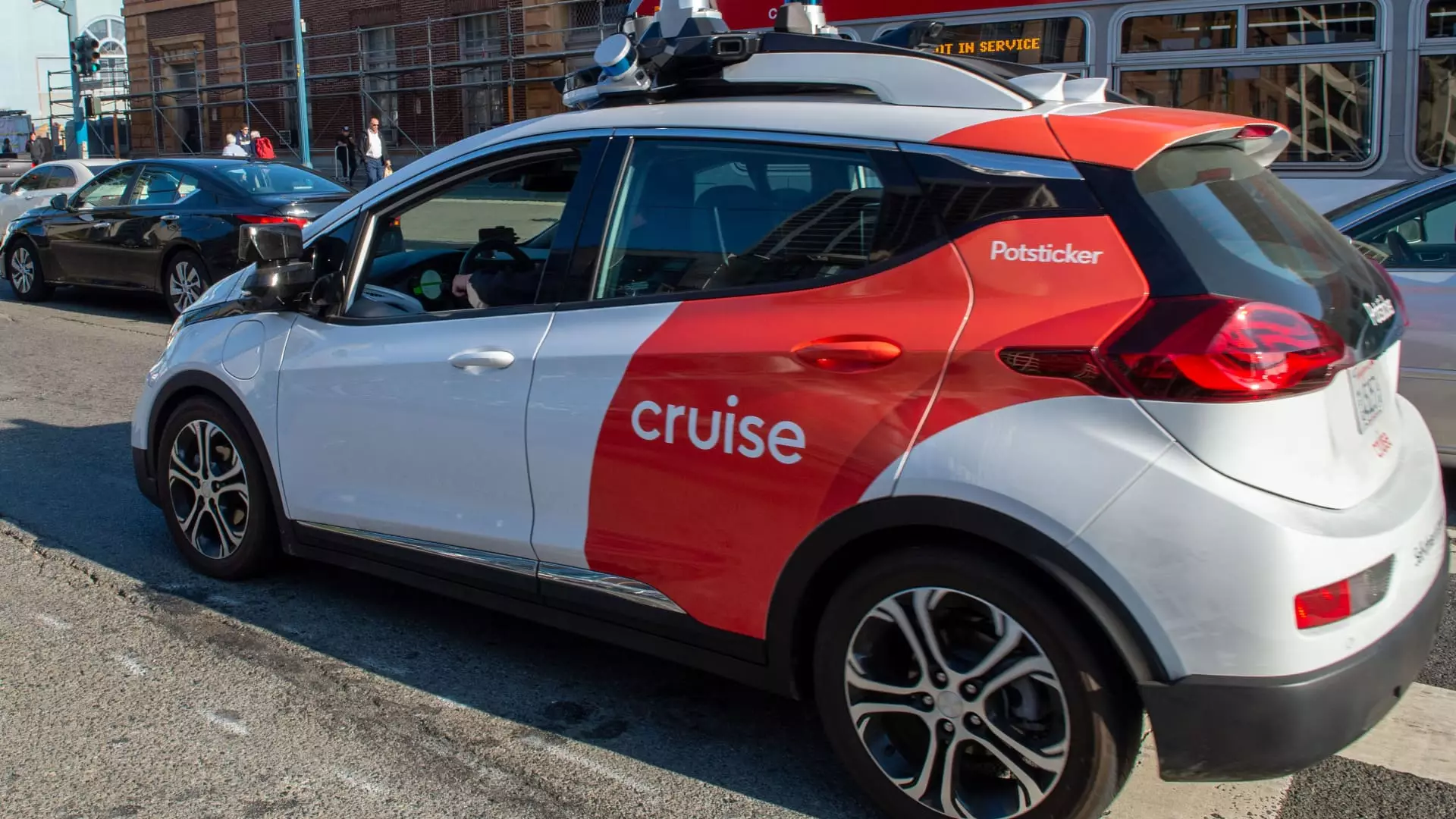General Motors (GM) is making headlines once again, but this time not for an advancement in automotive technology or innovation. Instead, the company is grappling with the harsh reality of business contraction within its autonomous vehicle division, known as Cruise. The decision to lay off approximately 50% of the Cruise workforce is a stark indicator of the shifting landscape in the self-driving car sector, catching many off guard just months after GM had publicly committed to the division’s future. After investing over $10 billion since its acquisition of Cruise in 2016, GM’s recent declarations signal a sharp pivot away from its ambitious robotaxi aspirations.
Understanding the Layoff Announcement
In a statement released via email, Cruise addressed the workforce reductions, acknowledging the difficulties associated with such a decision. They expressed gratitude for the contributions of the affected employees but emphasized the necessity of the layoffs as a response to a strategic change outlined late last year. The need for recalibration arose when GM decided to cease funding for the robotaxi operations, redirecting its focus toward developing personal autonomous vehicles that could be integrated with their broader fleet offerings.
This change in strategy reflects the reality companies face in the rapidly evolving technology space. As consumer needs shift and regulatory environments tighten, businesses must continuously adapt or risk obsolescence. Craig Glidden, President and Chief Administrative Officer of Cruise, highlighted the importance of aligning staffing and resources with the company’s new direction—a shift signaling a departure from the ride-hailing model that had initially attracted investment and attention.
The layoff’s impact is not just organizational; it reverberates throughout the workforce, which numbered nearly 2,300 at the end of 2023. The reduction represents not solely a loss of jobs but also the dissolution of a collective vision that many invested their efforts and aspirations into. The affected employees will receive severance packages and support during their transition, which reflects an approach aimed at maintaining company morale despite the drastic cuts. However, practical compensation cannot replace the sense of purpose that many may have found in their roles within a pioneering field like autonomous vehicles.
The internal communications hint at the turbulence within Cruise’s leadership, as several high-ranking executives will also exit the company. This shakeup raises questions about the company culture, governance, and the roadmap forward, all of which are crucial to steadying a workforce dealing with uncertainty.
Regulatory Pressures and Competitive Landscape
Recent incidents, including a widely reported accident involving a Cruise robotaxi, have cast a shadow over the firm’s reputation. This particular event, along with others leading to a regulatory saga, has been central to discussions about Cruise’s operational integrity. Findings from third-party investigations revealed internal failures and cultural issues, highlighting a disconnect between operational ambitions and actual safety measures. Such revelations not only complicate public perception but also intensify scrutiny from regulators—the very bodies that oversee the safety of autonomous vehicles.
GM’s decision to shift from an aggressive robotaxi agenda towards a more balanced approach to personal vehicles underscores a broader trend where companies must rethink how to effectively navigate both technological innovation and regulatory compliance. Meanwhile, competitors like Waymo continue to push forward, raising the stakes in this high-stakes race.
The layoffs at Cruise offer a poignant reminder that technology is only one piece of a much larger puzzle. As GM transitions away from its prior model, it underscores the importance of resilience and adaptability in business strategy. By moving toward personal autonomous vehicles, GM appears to be recalibrating its ambitions to align with market needs and practical capabilities.
While the future of autonomous vehicles remains a thrilling prospect, the challenges faced by companies like Cruise illustrate the multifaceted nature of technological advancement. The road ahead may be uncertain, but for industry players, the lessons learned from Cruise’s trajectory could prove invaluable in shaping sustainable, innovative paths forward in an increasingly competitive environment. In this high-stakes arena, success will not only depend on technological prowess but also on transparency, effective leadership, and a commitment to safety.

